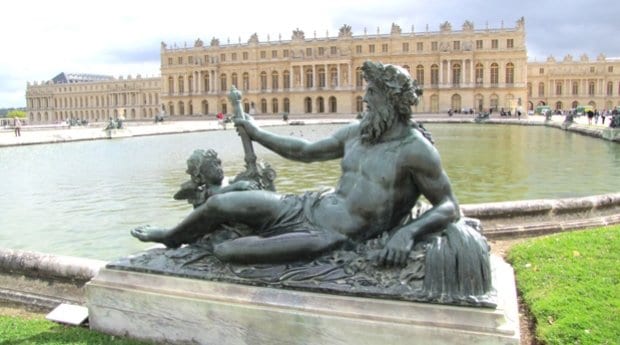
About 20 minutes west of Paris, the Palace of Versailles pays supreme homage to unbridled extravagance. Credit: Dan Allen

Remnants of the Berlin Wall can be found at several disparate sites, including the Berlin Wall Memorial in the Mitte district and the East Side Gallery in Friedrichshain. Credit: Dan Allen
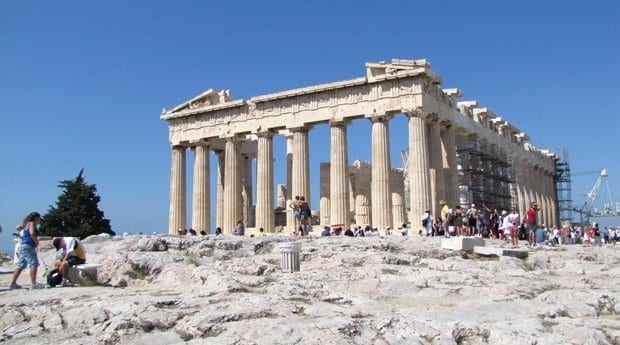
On a rocky outcrop above the city of Athens lies the Acropolis, the cradle of Western civilization. Credit: Dan Allen
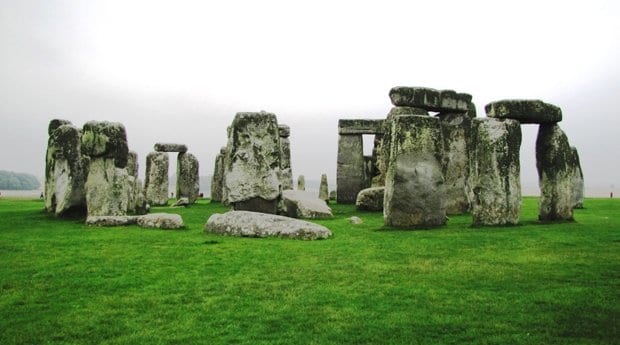
A new state-of-the-art visitor centre makes Stonehenge a much more well-rounded visitor experience. Credit: Dan Allen
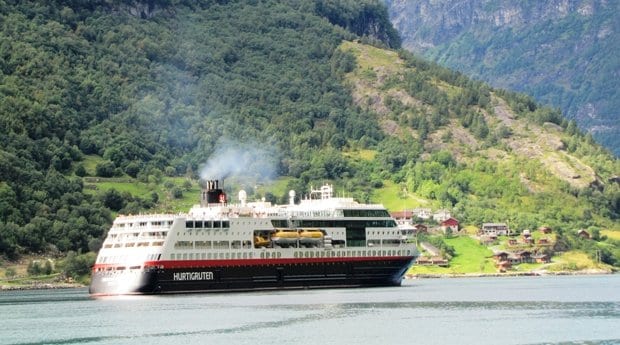
The fjords of coastal Norway offer some of the globe's most dramatic and breathtaking landscapes. Credit: Dan Allen
Let’s face it: Europeans are much smarter travellers to North America than the other way around. Their itineraries may often sound exhausting (Montreal to Manhattan to Niagara to Vegas to the Grand Canyon to Hollywood), but Euro folk generally hit a lot more of our continent’s high points in their lifetimes than we do of theirs.
Europe is larger geographically than Canada, and it has just as many countries as the US has states, so we’re not suggesting that you should try to cover our complete European bucket list in one visit (though if you do, we’d love to hear about it). But if you’ve hit some of the biggies already and you’re wondering where to head on your next European jaunt, we’ve got you covered with the 10 must-see highlights.
1. Parisian Trio: The Louvre, Eiffel Tower and Versailles
If you can visit only one European city, that city should be Paris. Beyond the incomparable beauty and irrepressibly romantic vibe of the French capital itself, the City of Lights is also home to three powerhouse attractions, each of which could merit its own top-level bucket list ranking. At the centre of town, the spectacular Louvre is the world’s most visited museum, with some 35,000 artifacts on display in its 60,000-plus square metres, including such iconic pieces as the Mona Lisa and the Venus de Milo.
Across town, the 324-metre Eiffel Tower, built for the 1889 World’s Fair, is still one of the most recognizable structures on the planet, and a visit to its observation decks is a must — just ask any of the 250 million who’ve already been.
About 20 minutes west of Paris is that supreme homage to unbridled extravagance, the Palace of Versailles. Home to the final century of French kings (of which the “Sun King,” Louis XIV, was the seven-decade superstar), Versailles is revered for both its beyond-grand château (including the magnificent Hall of Mirrors) and its elaborate park and gardens.
2. Stonehenge
Built some five millennia ago by Neolithic Britons for reasons we’ll probably never fully understand, Stonehenge still lures thousands daily to its massive and mesmerizing monoliths on the Salisbury Plain (about 13 kilometres north of the city of Salisbury, England). A just-opened state-of-the-art visitor centre makes for a much more well-rounded experience, using archeological artifacts from the site and an immersive panoramic visual presentation to lay the cultural backdrop for guests before they encounter the ancient stones themselves.
3. Norway’s Coast
The fjords of coastal Norway offer some of the globe’s most dramatic and breathtaking landscapes, and there’s no better way to experience them than aboard a Hurtigruten cruise. Launched in the late 19th century as a mail transport service along the 2,400 kilometres of rugged coastline between Bergen and the Russian-adjacent Kirkenes in Norway’s far northeast, Hurtigruten now offers passenger cruises throughout the year — which in summer means extra-long Scandinavian days and in winter means a high likelihood of witnessing the Northern Lights.
4. Berlin Wall
It may have existed for only 28 years, but during that brief time the Berlin Wall not only divided the eastern and western halves of the history-soaked city, but also served as ground zero for the Cold War tensions that too often threatened to obliterate the entire planet. Though the wall fell in 1989 and east and west are now seamlessly united in the modern German capital, remnants of “die Mauer” can be found throughout the city at several disparate sites, including the Berlin Wall Memorial in the Mitte district and the East Side Gallery in Friedrichshain (the longest extant section of the wall, which made headlines last year as real estate developers attempted to destroy it and David Hasselhoff attempted to save it).
5. Roman Duo: The Colosseum and Sistine Chapel
Like Paris, the Eternal City of Rome is home to more than one über-blockbuster sight. The legendary Colosseum, known as the Flavian Amphitheatre in its day, was built nearly two millennia ago and is the world’s largest amphitheatre. (The nearby Forum and Capitoline Hill are Roman must-visits, too.) Over in Vatican City (officially its own country, but within Rome’s confines), Michelangelo’s stunning early-16th-century ceiling at the Sistine Chapel (where papal conclaves meet to elect new popes) is one of the defining works of the High Renaissance.
6. Auschwitz
Though it’s utterly devoid of beauty or cheer, few places in Europe can compare to Auschwitz in terms of historical, cultural and anthropological importance. During the Second World War, more than 1.1 million people — most of them Jews, but also sizable numbers of Roma, homosexuals and others — lost their lives here some 56 kilometres west of Krakow, Poland, at this largest of concentration and death camps run by the occupying Nazi German government. The horrific site, which covers about 470 acres and includes both the Auschwitz I base camp and Auschwitz II-Birkenau extermination camp, is now visited by 600,000 people each year.
7. Venice’s canals
Like few other destinations on Earth, Venice is a bucket-list destination that must be experienced in a very particular way: in this case, aboard a gondola floating through its system of famous canals. The city’s main aquatic thoroughfare, the Grand Canal, is particularly romantic and beautiful, lined with Renaissance palazzos and crammed at all hours with all manner of vessels. Be sure to pass under the Bridge of Sighs, so named by Lord Byron because it was the last glimpse of the gorgeous city seen by prisoners as they were led across it to their cells from the Doge’s Palace.
8. Icehotel
Many imitators have sprouted up in the world’s frigid regions in the years since it opened in 1990, but there’s still only one true Icehotel. Set in the small Swedish village of Jukkasjärvi, some 200 kilometres above the Arctic Circle, the Icehotel is constructed anew every winter using 1,000 tons of ice and 30,000 tons of “snice,” a stronger snow-ice mixture. Each year a new crop of artists from around the world designs the hotel’s two dozen or so hauntingly beautiful “cold rooms,” where most guests spend one or two bracing nights sleeping on ice beds (with the aid of thermal sleeping bags) before moving on to one of the property’s permanent “warm rooms” for the remainder of their stay.
9. The Acropolis
Here on a rocky outcrop above the city of Athens lies the cradle of Western civilization, where art, science and philosophy came together some two and a half millennia ago to create the very foundations of modern democracy. The most famous of the Acropolis’s buildings is the Parthenon, considered to be the most important (and architecturally influential) surviving structure of classical Greece. At the foot of the site itself, the new Acropolis Museum, opened in 2009, houses the thousands of artifacts found here, covering centuries of early Greek history.
10. The Danube
Riverishly speaking in Europe, the romantic and picturesque Danube is second only in length to Russia’s Volga, rising in Germany’s Black Forest region and passing through or running along nine more countries before emptying out into the Black Sea between Ukraine and Romania. Scores of cruise companies offer dreamy journeys through Central and Eastern Europe on the castle-strewn Danube, almost all of which stop in the cities of Vienna and Budapest. Many also include points eastward, like Belgrade and Bucharest, as well as westward destinations like Bavaria and the Austrian Alps.
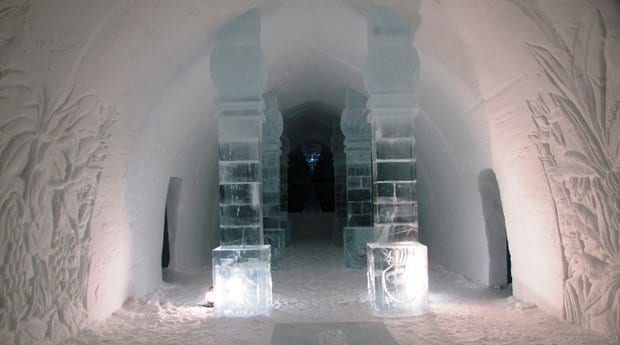
 Why you can trust Xtra
Why you can trust Xtra